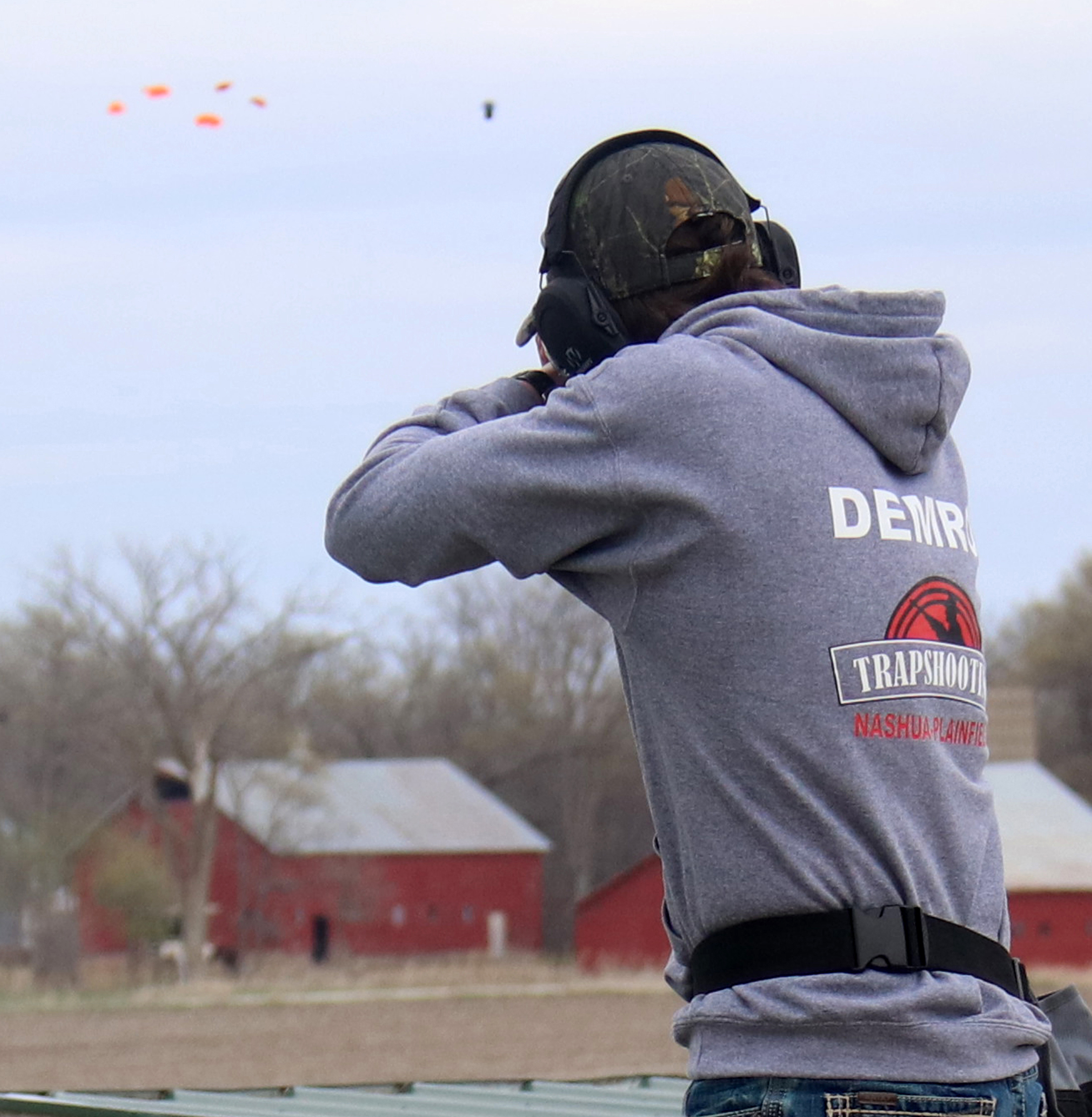EDITORIALS ELSEWHERE Health quickly improves with reduced sugar
EDITORIALS ELSEWHERE
Health quickly improves with reduced sugar
Late-night host Jimmy Kimmel has made thousands of enemies over the last few years, asking parents to tell their children, the day following Halloween, that they had eaten all their candy, and send video of their reactions to his show.
He would actually be doing the children a lot of good if it were actually true.
The same can’t be said for the parents who consumed the sugar.
This is definitely not a good week to try to make major dietary changes in the family diet, but a new study financed by the National Institutes of Health should provide incentive to do so once the goodies are gone.
It takes only 10 days for children’s health to improve dramatically after their sugar intake is cut, according to the study.
Published in the journal Obesity, the study removed foods with added sugar from a group of children’s diets and replaced them with other types of carbohydrates that overall calorie intake remains about the same.
After 10 days, the children showed dramatic improvements despite losing little or no weight, adding weight to the argument that added sugars are the greatest threat to health.
Researchers followed 43 children, ages 9 to 18, all black or Hispanic and obese, with one or more symptoms of metabolic syndrom such as hypertension, high blood sugar, abnormal cholesterol and excess body fat around the waist.
They had, on average, been getting about 27 percent of their daily calories from sugar, compared to the average American’s 15 percent.
Dieticians didn’t try to eliminate carbohydrates, but instead tried to replace sugary foods with starchy foods without lowering body weight or calorie intake.
They did so by eating bagels instead of yogurt sweetened with sugar, baked potato chips instead of pastries, and turkey hot dogs or burgers instead of chicken teriyaki, which contains a lot of sugar.
What sugar they did get came mostly from fresh fruit.
In only nine days, on average, the subjects’ “bad” LDL cholesterol fell by 10 points, blood pressure dropped five points, heart-threatening triglycerides dropped 33 points, and their fasting blood sugar and insulin levels improved markedly, showing a lower risk of diabetes.
It turns out we should be more scared of the stuff kids are bringing back in their goody bags than the costumes they are wearing.
Check out CDC guidelines for cutting calories at http://1.usa.gov/1P7JZ4Z .
The McCook (Neb.) Gazette. Oct. 29
Boehner cleans out the barn before he departs
Brinksmanship can wait. The alarm bell can be placed into storage. There’ll be no more talk of an imminent government shutdown.
When the Senate, in the early hours of Friday morning, approved a two-year budget plan and boosted the debt ceiling, the risk of more foolishness, at least in the near term, was taken off the table. (The House had voted a day earlier.) It clears the 2016 calendar for, well, for politicking during an election year, but also perhaps for something to get done. Tax reform, anyone?
Maybe, just maybe, with games of chicken over the debt ceiling and the federal budget set aside until 2017, members of Congress can actually take on some of the people’s business. Oh, sure, we understand well that dodging a bullet is far from a guarantee of future health, but still, where things stand today is, by any reasonable measure, a whole lot better than where they’d been just before.
It would be naive, of course, for anyone to believe that members of Congress are all of a sudden going to begin getting along like some happy, idealized family in a TV show about the 1950s. We’ll not soon see the donkey lying down with the elephant. But removing a barrier, especially one that should never have been there in the first place, is always preferable to constantly running up against it.
There’ll be those who’ll continue to criticize the deal, which was hammered out in several weeks of negotiations among congressional leaders and the White House. They’ll say it spends too much. They’ll say it gives too much to President Barack Obama. They’ll fret and fuss that the deal was worked out behind closed doors rather than in congressional meetings. But their words will be so much hooey.
Congress was facing a real deadline. On Nov. 3, the federal government would have run up against its statutory debt limit, meaning that our government would have defaulted on its financial obligations.
Those who don’t understand what that means now have a couple of years to read up on the fundamentals of economics.
Departing House Speaker John Boehner vowed to “clean out the barn” before he headed out the door. The pacts on the budget and the debt ceiling have done just that.
—The Republican of Springfield (Mass.), Oct. 30
Looking forward to federal drone regulations
It was surely inevitable that one day, federal officials would take steps to regulate the operation of drones. Once a futuristic novelty, these remote-controlled flying devices are now believed to number in the hundreds of thousands in the United States, and the number is expected to surpass 1 million — if it’s not already there — during the upcoming Christmas season.
At the same time, the rapidly growing numbers and the activity that comes with them are raising more and more concerns about safety.
According to the U.S. Department of Transportation and the Federal Aviation Admin-istration, pilots “have reported seeing drones at altitudes up to 10,000 feet, or as close as half a mile from the approach end of a runway.” Out West, “the presence of multiple” drones near wild fires recently “prompted firefighters to ground their aircraft on several occasions,” out of concern for safety.
Law enforcement officials have done little in the wake of such incidents, because it is difficult — if not impossible — to identify the person or persons responsible.
Clearly, something has to be done.
To that end, federal transportation and aviation officials are creating a task force that will be made up of 25 to 30 people, government and industry officials, pilots and hobbyists. Their mission: make recommendations for a drone registry system, one that is not overly burdensome in terms of what has to be done to register, and one strong enough to cover the sort of craft that can present a danger, while exempting those deemed to present “a low safety risk.”
This latter part is critical. While safety is of the utmost importance as more drones take to the skies, it is also important that a well-intended effort not devolve into blatant overreach that affects the backyard hobbyist who wants to fly a model plane 20 feet above the ground. A good dose of common sense will be needed as the task force makes its recommendations.
We look forward to seeing those recommendations, which are due Nov. 20.
—The Providence Journal (R.I.), Oct. 30







Social Share